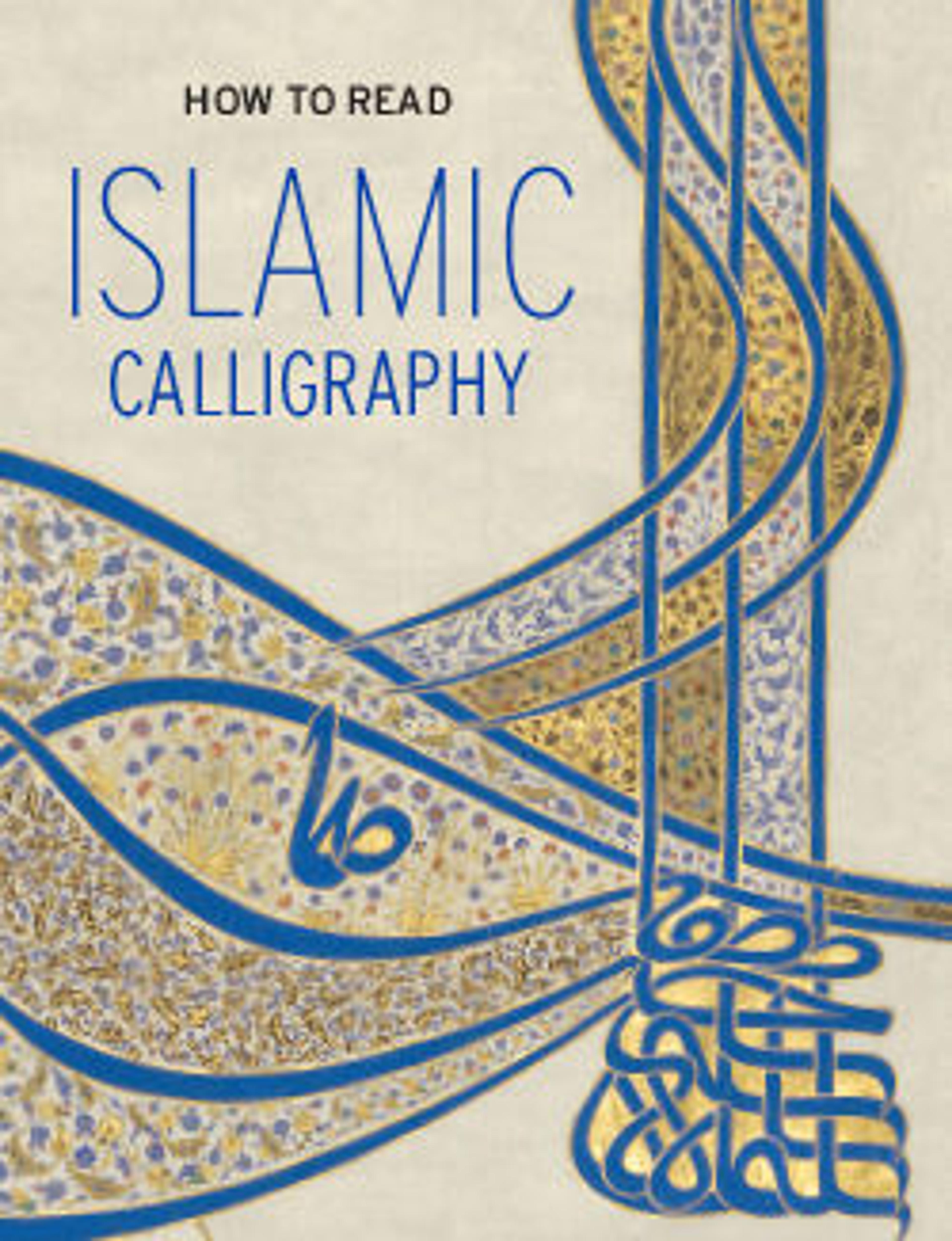Tombstone in the Form of an Architectural Niche
Artwork Details
- Title: Tombstone in the Form of an Architectural Niche
- Date: dated 753 AH/1352 CE
- Geography: Made in Iran, Yazd
- Medium: Marble; carved
- Dimensions: H. 32 3/4 in. (83.2 cm)
W. 21 3/4 in. (55.3 cm)
D. 3 1/2 in. (8.9 cm)
Wt. 137 lbs. (62.1 kg) - Classification: Stone
- Credit Line: Rogers Fund, 1935
- Object Number: 35.120
- Curatorial Department: Islamic Art
Audio
6708. Tombstone in the form of an Architectural Niche
STEFAN HEIDEMANN: This tombstone is probably part of a larger architectural construction. And in this tombstone, we find at least three different forms of Arabic script. And it shows all the… artistic skills which is possible to do in calligraphy.
NARRATOR: Look around the outer edge to see one of those three styles. The outer rim is carved in Kufic script, combined with a trail of ornaments. Moving inwards, the next band of calligraphy is done in cursive script. Despite being carved into stone, this script looks as spontaneous and flowing as if it were written in ink.
STEFAN HEIDEMANN: And the center is done in a very stylized form of script called square Kufi, where the script is geometrically set into the frame. Probably this kind of Arabic script comes from monumental buildings… built with bricks. This tombstone is a tombstone of a Sufi sheik. He lived in the center of Iran in the city of Yazd. And the tombstone also says when he passed away: exactly on the 4th of Muharram of the year 753, which is in Common Era February 21st, 1352.
More Artwork
Research Resources
The Met provides unparalleled resources for research and welcomes an international community of students and scholars. The Met's Open Access API is where creators and researchers can connect to the The Met collection. Open Access data and public domain images are available for unrestricted commercial and noncommercial use without permission or fee.
To request images under copyright and other restrictions, please use this Image Request form.
Feedback
We continue to research and examine historical and cultural context for objects in The Met collection. If you have comments or questions about this object record, please complete and submit this form. The Museum looks forward to receiving your comments.
